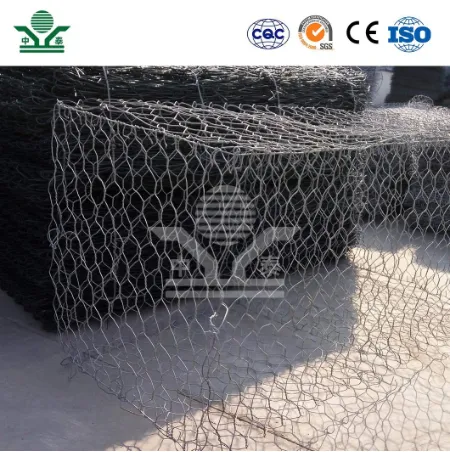Sound Barriers Protecting Communities from Construction Site Noise
Construction sites are an essential part of urban development, playing a critical role in the growth and improvement of cities. However, the noise generated from machinery, equipment, and construction activities can pose significant challenges to neighboring properties and communities. This is where sound barriers come into play, serving as crucial tools in mitigating noise pollution and protecting the quality of life for residents near construction sites.
Sound Barriers Protecting Communities from Construction Site Noise
To combat these issues, construction managers and urban planners turn to sound barriers as a practical solution. These barriers are typically constructed from materials designed to absorb, reflect, or deflect sound waves, thereby reducing noise levels emanating from the construction site. Common materials used include concrete, wood, and specialized noise-reduction panels, each chosen for their effectiveness in attenuating sound. The design and placement of sound barriers are essential, as they must block or redirect noise from key sources to minimize the impact on surrounding areas.
construction site sound barrier

Effective sound barriers can significantly lower noise levels, often by 10 to 20 decibels, making a substantial difference in noise perception. The installation of these barriers is particularly important in densely populated areas where the proximity of residential, commercial, and industrial properties can amplify noise disturbances. By creating a physical barrier between the noise source and inhabited spaces, they help maintain a more peaceful environment.
Additionally, sound barriers can serve multiple functions. Beyond noise reduction, they can enhance the aesthetics of an area, provide safety by controlling dust and debris, and even contribute to wildlife protection by creating a natural habitat. Some modern sound barriers are designed with greenery and plants, thereby offering environmental benefits while still performing their primary task of noise mitigation.
While sound barriers are an effective method for reducing construction site noise, their implementation must be part of a broader strategy to manage noise pollution. This includes scheduling construction activities during less disruptive hours, utilizing quieter construction techniques and equipment, and employing effective scheduling practices. Engaging with the community and providing information regarding construction activities can also help alleviate concerns and improve relations between construction companies and local residents.
In conclusion, sound barriers play a vital role in protecting communities from the adverse effects of noise generated by construction activities. By effectively mitigating noise pollution, these barriers contribute to maintaining a higher quality of life for residents in urban areas. As cities continue to evolve and expand, integrating noise mitigation strategies, such as sound barriers, will be essential in balancing development with the well-being of communities. Through thoughtful design and implementation, sound barriers not only shield neighborhoods from disruptive noise but also promote a sustainable and harmonious urban environment.
-
The Strength and Versatility of Aluminum Expanded Metal Mesh
NewsJun.10,2025
-
Safety Guards and Machine Enclosures Using Expanded Mesh
NewsJun.10,2025
-
Performance with Round Hole Perforated Mesh in Wall Panels
NewsJun.10,2025
-
How Steel Grating Trench Covers Distribute Weight Efficiently
NewsJun.10,2025
-
How Deck Mesh Railing Enhances Backyard Aesthetics
NewsJun.10,2025
-
Comparing Bar Thickness and Spacing in Steel Grating
NewsJun.10,2025
Subscribe now!
Stay up to date with the latest on Fry Steeland industry news.

